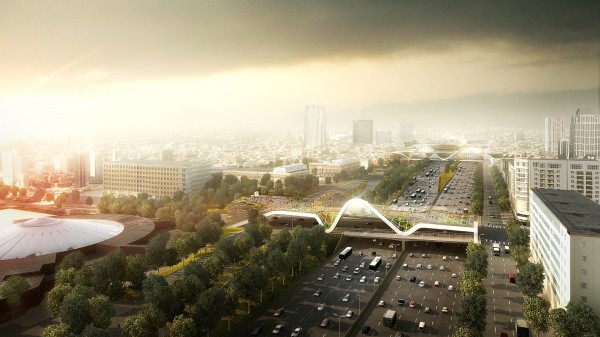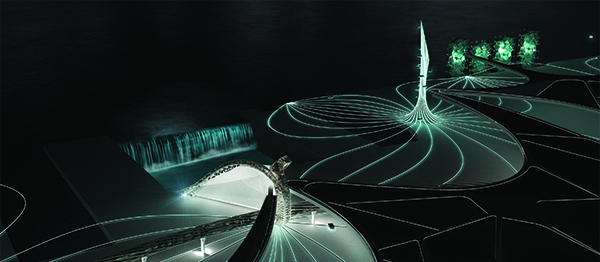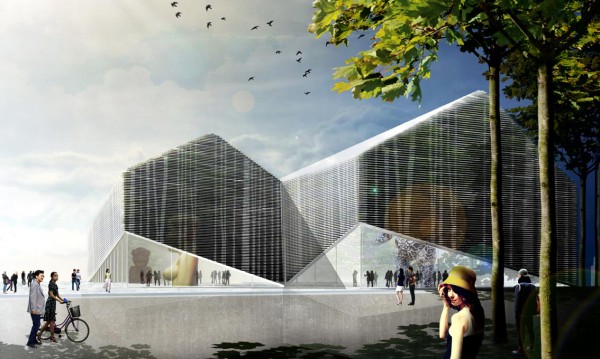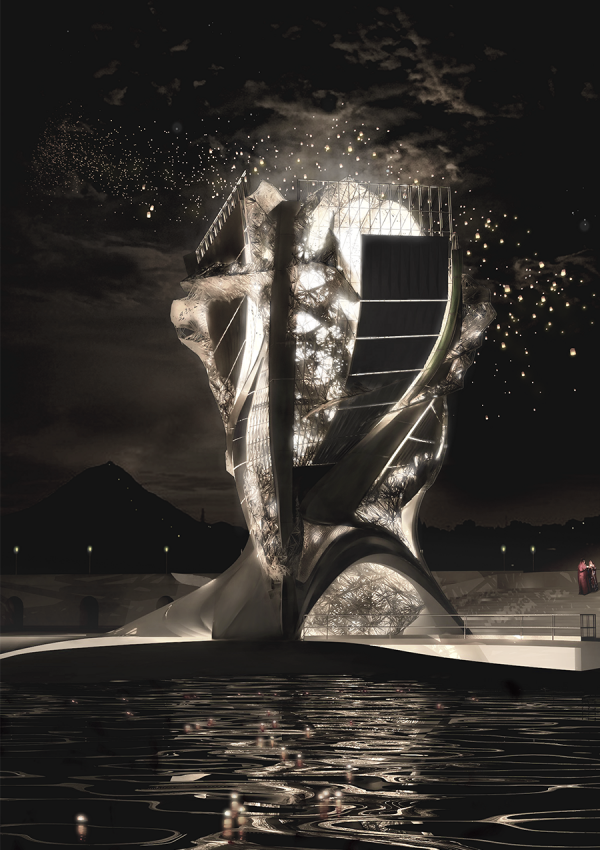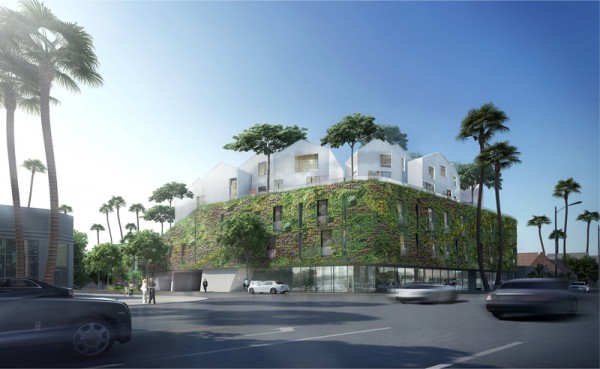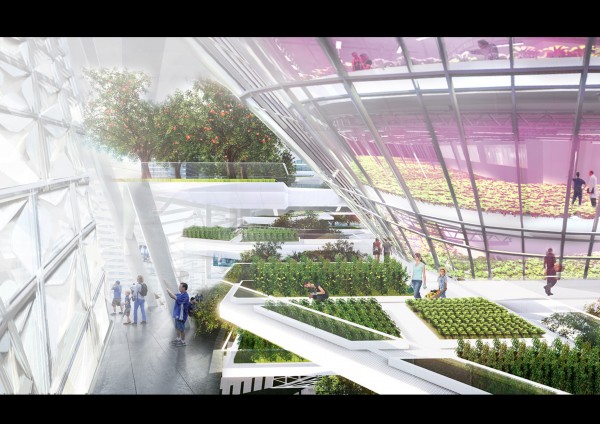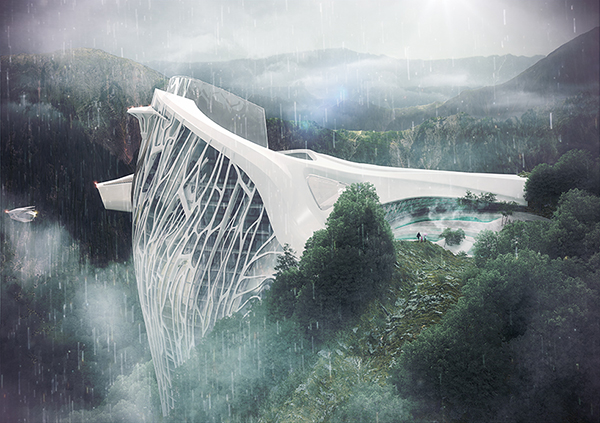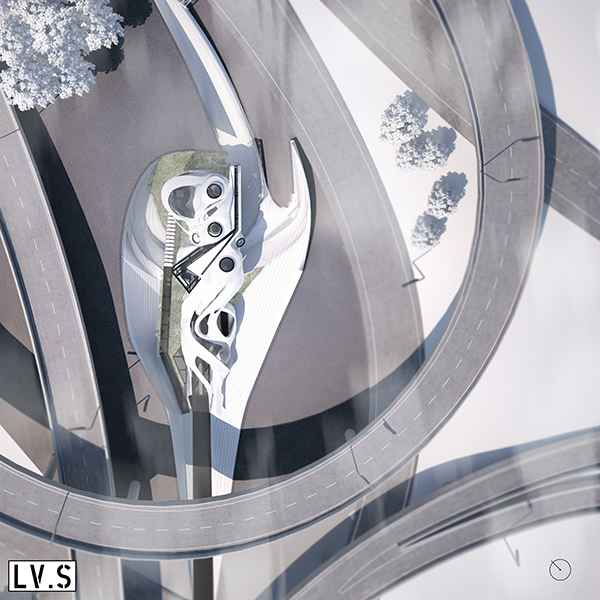The objective of this project designed by Armin Senoner was to contextualize and gradually change both, the appearance as well as the physical experience of a Presidential Library.
The brake up from a seemingly purely contextualized agglomeration of solids into a new more articulated central library can be interpreted as the reflection of the last year’s turbulent, refreshing maybe also controversial presidency.
This project sees itself as a timeline, where the old and traditional negotiates creating new forms. Situated in Chicago, the presidential library takes place at West Garfield Park, at 5th Avenue and Kostner. A neighborhood predominated by high criminality, poverty, high percentage of low weight births and high rates of infant mortality.
The objective is to clear up the neighborhood by creating employment, adding service facilities and therefore hopefully lowering criminality. Many buildings are empty, lots can still be filled up. High potential for urban expansion guaranteed. In terms of program, the 105.000m² large area will be overbuild with the library and the archives in first place, followed up by a medical care center.
A boulevard is splitting the two main buildings and at the same time numerous shopping and retail facilities will revitalize the area and hopefully decrease negative characteristics of the surrounding area. Read the rest of this entry »


